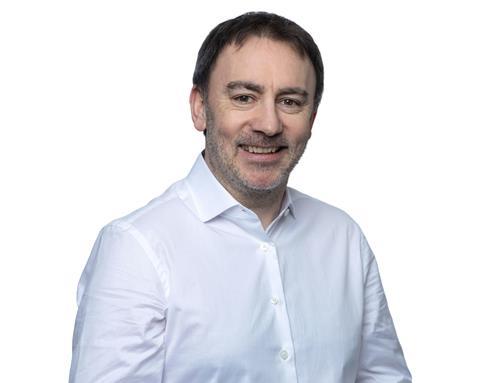The integration of illiquid asset classes into pension funds introduces a host of technological, operational and structural challenges that must be addressed
When presented in abstract, an all-singing and all-dancing £360bn (€424bn) local government pension scheme united as a single super fund to turbocharge investment into lucrative assets like physical infrastructure, private equity, and private debt, appears very logical in principle.
In practice, things are far more complex from the perspective of a pension fund. Even just a small peek under the bonnet of the British pension fund industry that Rachel Reeves, the UK’s current chancellor of the exchequer, hopes to radically transform uncovers the sheer scale of the challenge.
To start with, many pension funds have already begun investing a percentage of their portfolios in private market and alternative assets in the hope of achieving higher returns than one can currently get from UK stocks and Gilts.
The Reeves reforms are effectively fuelling greater demand among pension funds for broader exposure to a wider range of asset classes. As such, the reforms only serve to shine a more intense spotlight on the issue of how exactly a UK pension runs an expanding mix of public and private assets in a cost-effective manner.
Investors today are seeking to buy funds at 1% rather than 1.8%, they want returns delivered slightly earlier, or they desire exposure to emerging sectors like private credit or new infrastructure projects. However, the reality is that fund managers are already struggling to meet these demands without substantial cost implications, before these grand plans are put in place.
Looking abroad, Australia’s superannuation funds and Canada’s pension funds, which Reeves hopes to emulate, have long included a mix of infrastructure and real estate in their portfolios, thanks in large part to their size. This sets a precedent that UK funds are now aiming to replicate.
However, the integration of these asset classes into pension funds introduces a host of technological, operational and structural challenges that must be addressed if Reeves’ vision is to be realised.

Running a real estate trust, a private equity fund, and both bond and equity trading funds on a single platform is a highly complex task. Most UK pension funds work on tech platforms that are unable to handle this level of operational complexity. There will be a need for a fundamental overhaul of the infrastructure and technology platforms supporting these funds.
Organisations managing these new super-sized pensions will require streamlined and efficient operations that can manage the intricacies of hybrid portfolios without eroding returns through excessive costs.
Furthermore, the hybrid nature of these portfolios also poses unique challenges. Public markets data, such as UK 10-year government bonds, are re-priced daily, while private market data might only be updated annually.
This discrepancy raises more questions than answers right now: How can investors accurately assess the price of their fund at any given moment? How do they know if they can liquidate their investments in the midst of a liquidity crisis?
These concerns are compounded by the inherent risks of private assets, which are less liquid, harder to value, and often require long-term commitments with higher fees and limited transparency. Without overcoming this hurdle, the growing appetite for diverse asset classes could lead to a mismatch between investor expectations and the actual performance of their pension portfolios.
Ultimately, while the ambition to expand the scope of pension fund investments is laudable, it must be matched with an equally ambitious effort to modernise the underlying infrastructure. Failing to do so will leave pension funds ill-equipped to manage the risks and complexities of a diversified asset base, putting both returns and retirements at risk.
The new chancellor of the exchequer must therefore look beyond the immediate allure of broader asset classes and question whether the current pension fund infrastructure to support such investments is robust, transparent, and adaptable to this new blend of public and private market investment.
Thomas McHugh is co-founder and chief executive officer of Finbourne































No comments yet